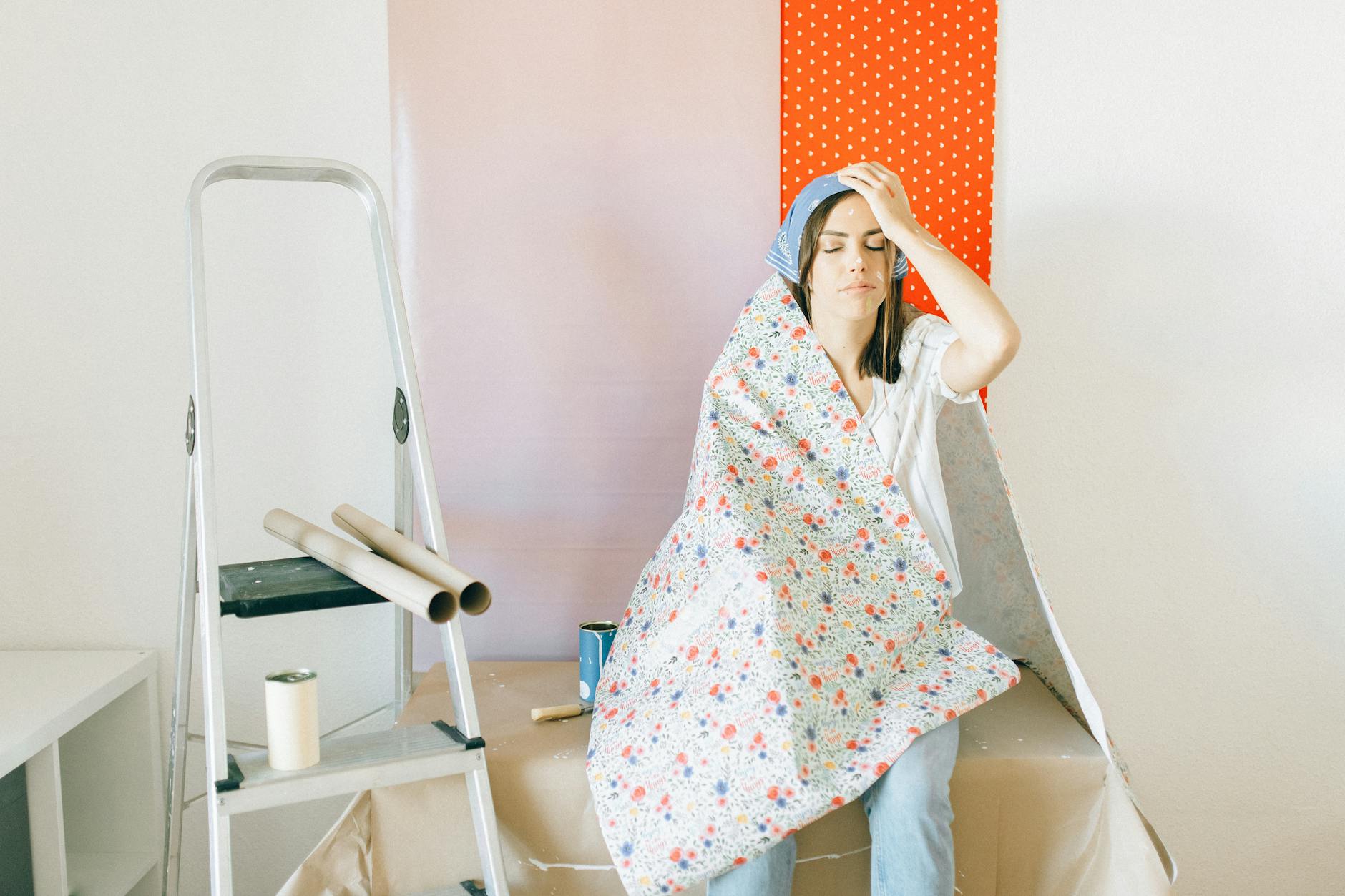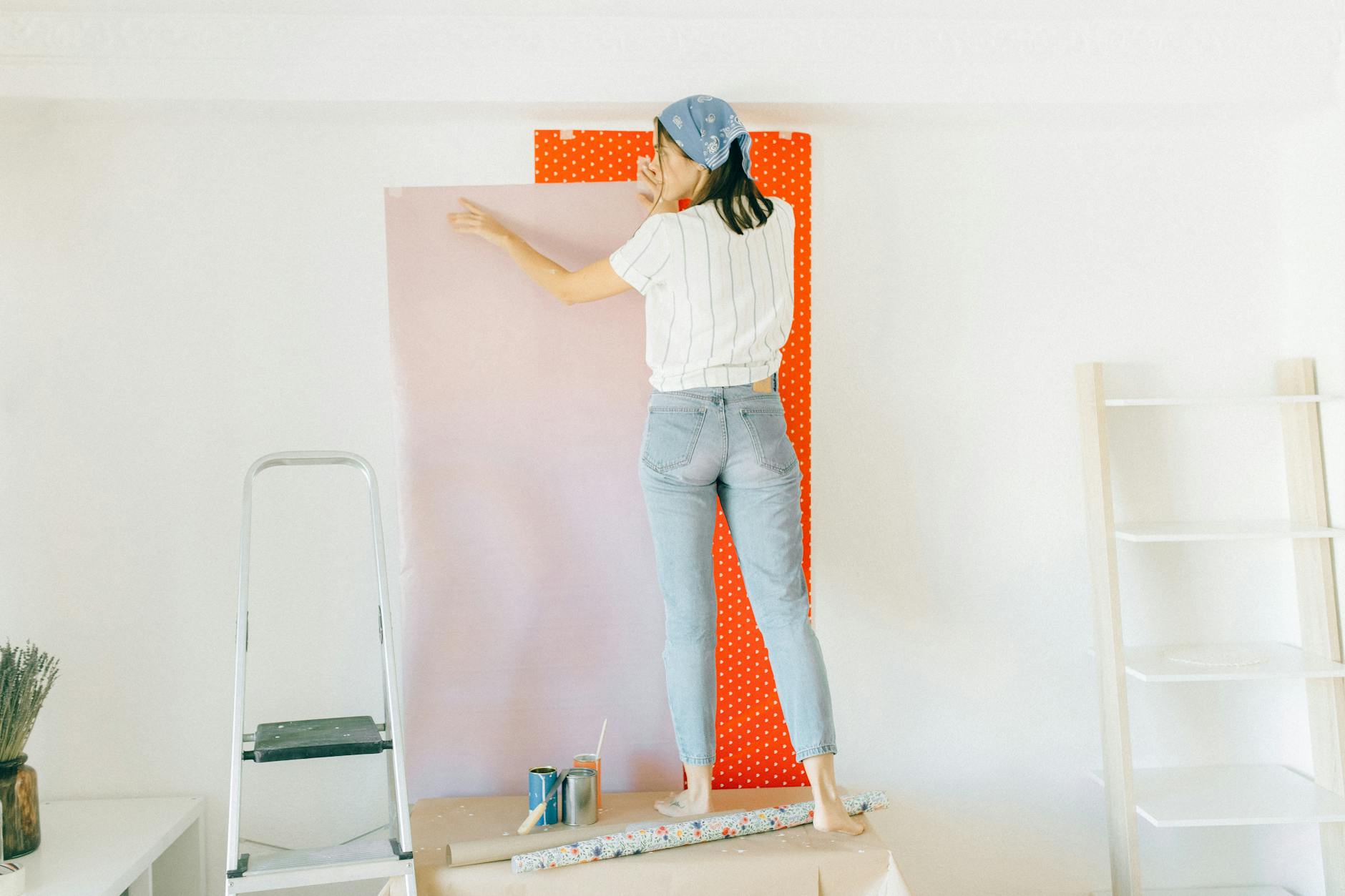Contents
AD | Affiliate Links
Incorporating bright colours into an interiors scheme when decorating can be daunting, but overcoming the fear of mistakes can lead to a home that truly reflects your personality.
Neutral tones are calm and serene and provide a gentle background to many homes. However, some people prefer more vibrant surroundings and it seems there are good reasons. Different colours have been shown to lift spirits, aid concentration or add a sense of calm to an environment.

How colours can affect your mood
If you want to get the best of your colours, it’s worth considering the effect they may have. Red is believed to stimulate the appetite, so works well in dining rooms, while blues and lilacs are supposed to soothe and calm the spirits – try these in the bedroom. Yellow is thought to motivate the mind and aid concentration, making it an ideal colour for studies or areas where children do their homework.
However, the best way to choose your colours is to simply pick a shade that you love.
Confident Colour
Your new decor may be based on a long-standing favourite colour or built around one item, such as a cushion or a treasured picture. It may be that you’ve moved into a home with fixed features, such as carpets or curtains, and you need to plan a scheme that reflects your own taste but incorporates that particular shade.
If you are unsure how to build up a scheme, try using a colour wheel to help with ideas. This is a circle divided up into 12 segments including the primary colours of red, yellow and blue, and various combinations of these. The first step is to find your chosen colour on the wheel.
For a harmonious colour scheme, use any three colours that are side by side on the wheel. If you prefer a bolder contrast, use your colour and the one that’s directly opposite it. In both these cases, choose one shade to dominate and use the others for ‘accent’ touches, but don’t combine more than three different colours.

Planning and Decorating
Once you have an idea of the colours you would like, start collecting samples of wallpaper, paint and fabrics and gather them together, laying them out on a board. Add pictures of furniture items and you’ll get a good idea of what the room will look like – it’s a good way to test the scheme before you commit to spending any money.
If you just want a quick update, start small. Simply adding bright accessories can lift the mood of a room, so update rugs, cushions, lampshades and photo frames in your chosen colour. This is also an effective solution for very bright colours in a neutral or white room; the colours will have a strong impact even if used sparingly.
Feature Walls
If you are more confident that your colours will work well together, and you want a permanent change, try a feature wall. One area of patterned wallpaper or bold paint creates a striking focal point without overwhelming a room. The eye will be drawn to the area so use it to highlight key features such as fireplaces or alcoves, or let colour take centre stage and decorate a plain wall without windows or doors.
Wallpapers come in many patterns, but if you can’t find something that fits the bill, use a stencil to paint a mural. This will create a bespoke look that can be personalised to fit your decor perfectly.
Photo Credit: Pexels.com














